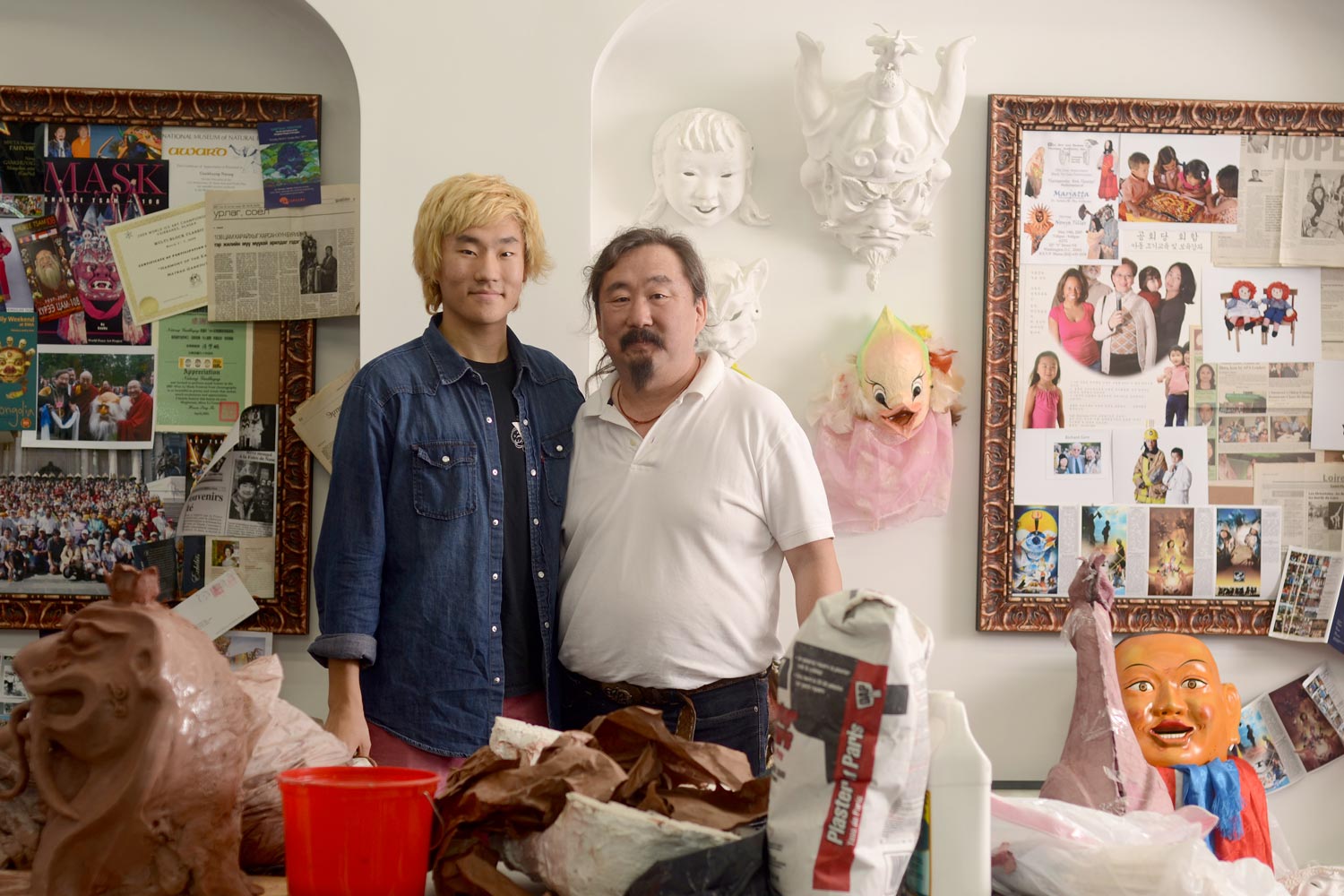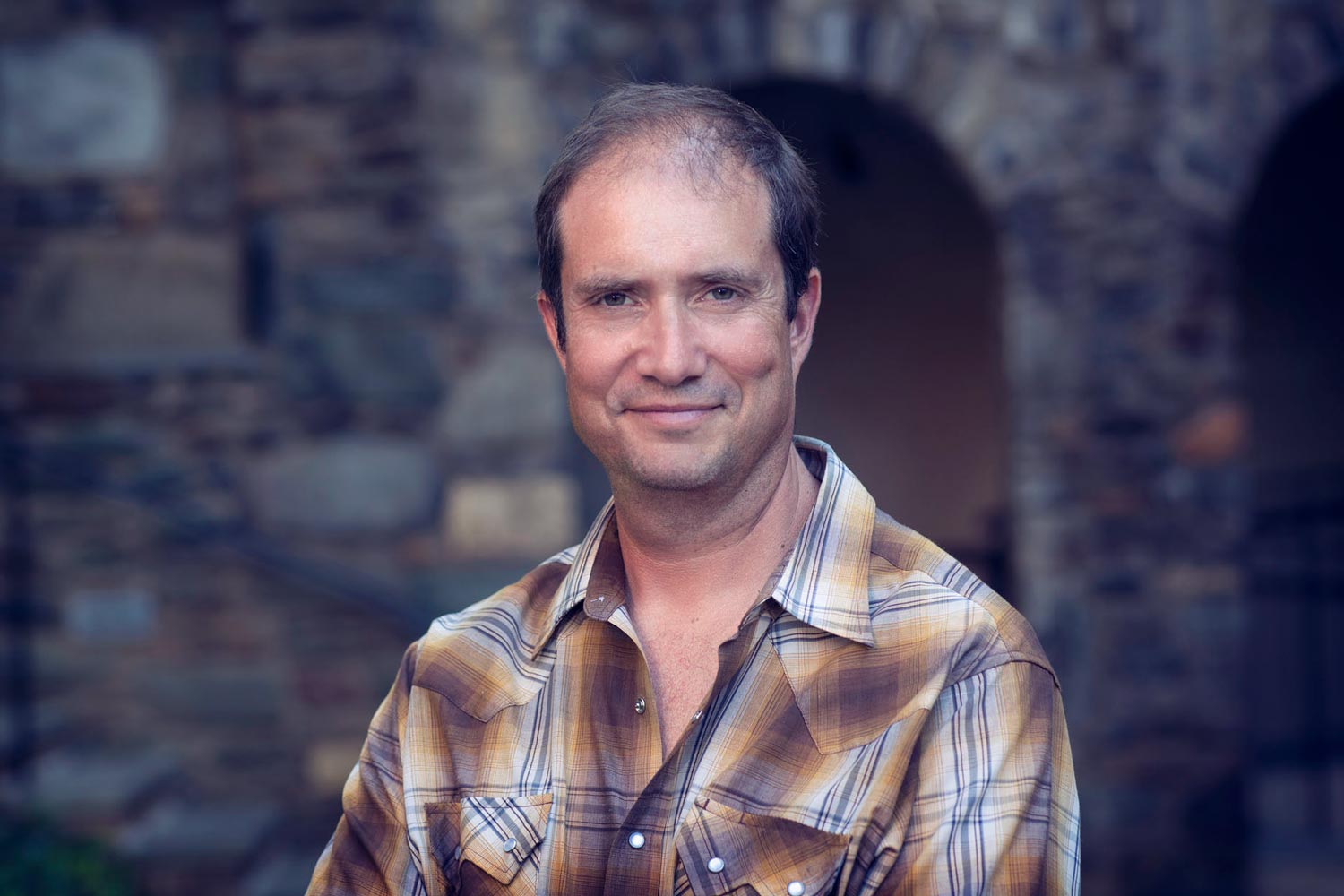In the more than 400 years since its founding as a British colony, Virginia has amassed a vast tapestry of cultural traditions and local customs. The man tasked with collecting all of that culture, state folklorist Jon Lohman, is fond of pointing out the inherent diversity of life and experience in a state that encompasses some of the easternmost portions of the continental United States and a mountainous trail that stretches west of Detroit.
Lohman directs the Virginia Folklife Program at the University of Virginia’s Virginia Foundation for the Humanities, a program that is dedicated to the documentation, presentation and support of commonwealth’s rich cultural heritage. It encompasses everything from unique musical traditions to cultural cuisine, specialized craftsmanship, oral histories and much more.
UVA Today recently caught up with Lohman to find out more about the cultural gems he’s helped uncover and preserve as program director, and to learn what the folklife program has in store for the future.
Q. What does it mean to be the state folklorist?
A. That’s a national title. In 1976, the American Folklife Preservation Act was passed and it created the American Folklife Center at the Library of Congress – among other things – and sparked the idea to have a state folklorist in every state. Most are housed in state arts councils, but in Virginia it’s housed at the Virginia Foundation for the Humanities, which is part of UVA. We are the state center for preservation, documentation, celebration and support of Virginia’s folklife.
Q. How do you define folklife?
A. We define folklife as the different ways in which people express a connection to a particular community. Communities are defined in many ways; they can be regional, and they can be ethnic or even occupational. We often focus on the aesthetic and artistic, everything from music to crafts to architecture to oral history narrative to food and rituals.
Q. Since you began in 2001, you’ve helped create and expand the Folklife Apprenticeship Program. What is that?
A. The Folklife Apprenticeship Program pairs masters and apprentices in a wide range of traditional ways of life, art forms and skills. We try to both celebrate and support the masters of these traditions, but also try to make sure that their crafts are carried on through apprentices.
With funding from the National Endowment for the Arts, we’ve supported more than 100 pairs of masters and apprentices in different Virginia cultural traditions since 2002.
Q. What has the apprenticeship program helped preserve that might otherwise have been lost?
A. I can think of several examples off the top of my head. We had a tobacco auctioneer years ago who was a master of the old vocals and linguistics they used to use when selling tobacco. It’s a really cool thing to listen to. It almost sounds like a Gregorian chant. We had this master named Bob Cage who passed away a number of years ago. Even though they don’t sell tobacco that way anymore – so that type of auctioneering doesn’t have a use, per se – it’s a real verbal art.
A similar one in the sense that it was a dying way of doing work is menhaden fishing. Menhaden are little fish that swim in these massive schools. People don’t eat them, really – they’re oily, greasy fish used mostly for things like fertilizer and nail polish remover. They’re plentiful all around the Northern Neck of Virginia and the Chesapeake Bay. They used to be caught by pulling up these huge nets by hand and it was done largely by African-American men. They would sing these sea chanties as they worked, and it was really part of the tradition. Now they have hydraulics and that’s what pulls the nets up, so there’s another tradition that was going to be lost – but we found older gentlemen who had done this work and they taught the songs to others.
Another one like that is what we call “track liners.” These were African-American men, mostly, too – it was a big line of work particularly around the World War II era. When a railroad track would get out of alignment, this group of men worked together using steel bars to get the track back into alignment. They had a call-and-response type of singing they would do both to pass the time and to have laughs and to tease the foreman. It was also done because it was very important to coordinate their movements, so they used the rhythm to help do that. When they developed a machine to do that around the 1960s and 1970s, that type of singing started to die out.
Q. Have you come across many hidden gems of folklife in your tenure?
A. All the time. Early in the program, hot rod car-building was a big one. That was a whole world unto itself that I wasn’t aware of.
So many of these things are their own little worlds. Take flatfoot dance in Southwest Virginia, for example. We found out that you could go to one county down there, and then go to another county that are right next to each other and they dance in a completely different style from each other.
To me, it’s pretty amazing that in 2017 – when we live in a world that’s so franchised by all these forces that give you things like the same hamburger in every town in America – that those kinds of regional styles and cultures are still hanging on so strongly.
Q. What cultural traditions have you come across that were a “hard sell” for inclusion in a folklife program? What arguments did you use to bring them in?
A. At first people questioned hot rod car-making because people often think of folklife as rustic. For some reason, things that are made using modern tools are not thought of as folklife, but our definition is different. As I said before, we look at ways in which people express a connection to a community, so that can include things that are developed with electricity or are newer traditions.
What many people didn’t know in this particular instance is that hot rod cars are older than bluegrass music and no one would ever question that bluegrass is folklife. People have been tinkering with cars ever since they first came off the conveyor belt.
Other things that have been a hard sell – initially, not anymore – are the immigrant traditions that come to Virginia. Northern Virginia is one of the most culturally diverse places on the planet. A lot of people think, “Well, kathak dance from Northern India or Mongolian mask-making, that’s not Virginia folklife. That’s not Virginia.” My response is, “Well of course it is.”

Mongolian mask-making master "Gankhuyag "Ganna" Natsag stands with his folklife apprentice, Zanabazar Gankhuyag.
Other than the Virginia Indian traditions – which we’ve done some of with the Pamunkey and Chickahominy tribes – everything that’s here came from somewhere else and all these people are part of Virginia.
Q. What are some upcoming Virginia Folklife Program events you’re looking forward to?
A. In early October, we’ll be part of the University’s Bicentennial celebration. Two alumnae of our apprenticeship program – Almeta Ingram-Miller and Susan Gaeta – are putting together this amazing joint musical performance on the Lawn that weekend. Almeta is gospel musician who apprenticed with her late mother, the renowned Richmond gospel singer Maggie Ingram, and Susan is a Sephardic musician who apprenticed with the Sephardic folk singer Flory Jagoda. They’ll be singing a rendition of “The Women’s Prayer” together.
The Richmond Folk Festival is another big one. That’s our largest audience. It’s an amazing festival and it’s free. It’s the weekend of Oct. 13 through 15. The festival has music from all over the world, but our area is particularly focused on Virginia. Our theme this year is “Feed Your Soul.” We were leaning toward that theme anyway, because we were very interested in focusing on food traditions, but “Feed Your Soul” was also largely inspired by the events that transpired in Charlottesville in early August. We all need our souls fed after that, so we’re also focusing on some really great soul artists from around Virginia.
Media Contact
Article Information
September 6, 2017
/content/inside-uva-program-discovers-and-preserves-virginias-folklife

